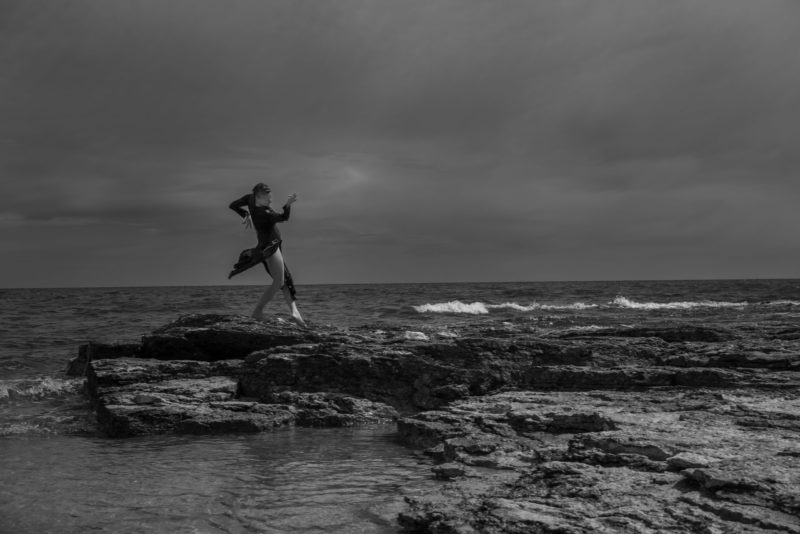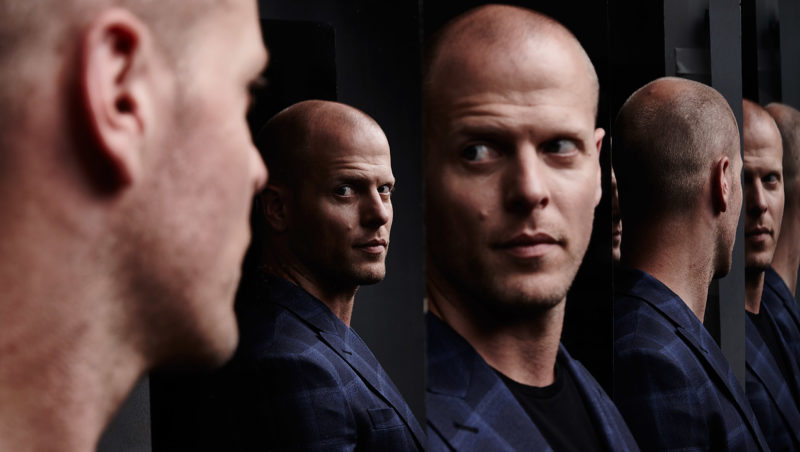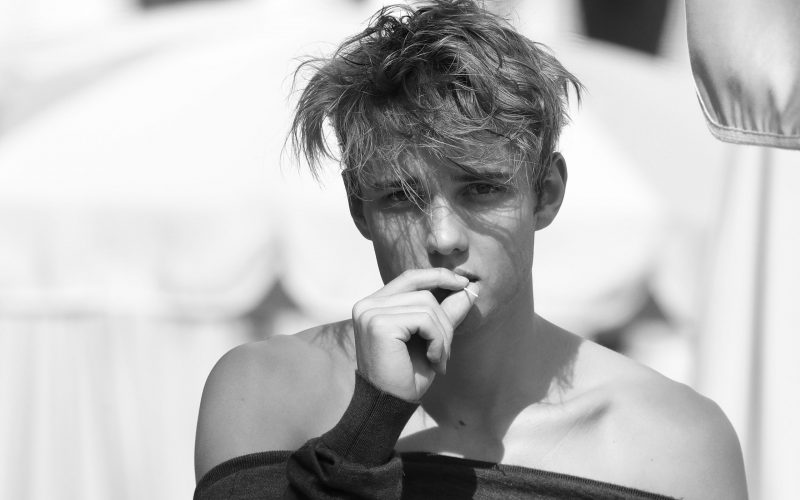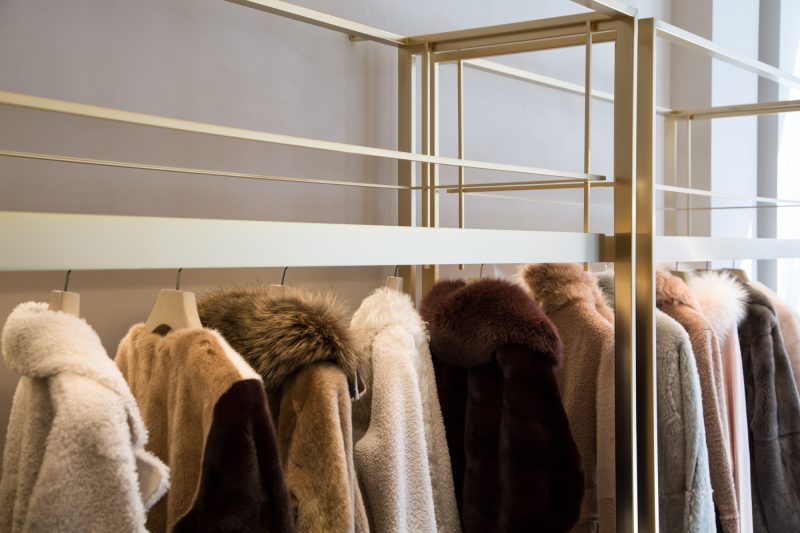Spirit & Flesh: You apprenticed for Halston when you first moved to New York.
Marc Bouwer: I knew only a few designer names when I came to America in the early “80s and Halston was at the top of my list. I looked them up in the Yellow Pages and went directly to their offices with my portfolio; most people laughed at me, but the woman in Halston’s office felt sorry and told me to leave my book and pick it up at the end of the day. I did and she said, “Halston wants to see you.” And there he was at his long desk with his signature black turtleneck — it was Halston just as he looked in the pictures. He looks at my book and says, “I think you’ve got something, kid.”
S&F: What would you say to a young person trying to break into fashion through an apprenticeship?
MB: I would give them something to do. Besides running to get coffee you actually want them to do work that’s difficult; I make them sketch something and drape it, and I’d look for little things they do that are a combination of creativity and spontaneity and enthusiasm.
S&F: Do you remember any outstanding lesson from Halston?
MB: He gave me some beautiful jersey fabric to drape a jacket and I was so scared that I was wasting it. Where I came from, this fabric was hard to find and very, very expensive. He said, “You are the master of the fabric. Just cut into it. Don’t be afraid.”
S&F: What was your exposure to fashion in South Africa?
MB: I grew up during Apartheid. There was censorship — movies and magazines with sexual content or interracial scenes were banned. There was no foul language or nudity. I thought that was the way the world was, but as I started to educatemyself. I was able to get a hold of forbidden material. A forward-thinking schoolteacher who moved next door to us knew that I was different and gave me Nietzsche when I was 14 years old. I realized there was something more than the life I was living.
S&F: Who is the Marc Bouwer woman?
MB: A mixture of soft, sexy, strong and bold. Growing up, one of my favorite designers was Mugler and I wanted every woman in the world to look like that. Though I understood that not every woman could wear that.
S&F: Sort of like an Alaïa woman?
MB: Yes, but he was softer, tighter and sexier. Mugler was more interplanetary, alien, strong, superhero. But as a businessperson you can’t be that focused. You have to retain an identity but make sure it brings something palpable in the long run. The best reaction is when a woman puts on one of my dresses and feels so good about herself.
My collections are a mixture of commerciality and creativity. Successful designers sustain an artistic feel to their clothes. My clothes are not for everybody — they speak to a specific woman.
S&F: What was the biggest lift of your career?
MB: One of the biggest lifts of my career was Whitney Houston. I began designing for her when she became a huge star and worked on and off with her up to her death. I did many tours, her maternity clothes. When she got married, I put the veil over her face. I was called into her bedroom and she was standing there with the headpiece I made for her with her arms crossed; she said “I’m ready” and lifted her arms, and I put her dress on.
S&F: How do you manage to shift between your high-end line and your mass-market collection for QVC?
MB: All designers today have to do that to be successful. Many years ago it was a big no-no. Karl Lagerfeld’s collection for H&M changed the perception of the “low.” With the advances in manufacture and fashion technology, you can create the most wonderful clothes at a low cost.
S&F: You also offer your designs for those who can’t afford an expensive Marc Bouwer gown.
MB: People love names and fashion. It means alot — especially to people who are not in big cities — if they can own something by a specific brand, whether a t-shirt or a sweater. Stepping out of our fashion bubble is jarring but it is changing because of the internet. There is such instantaneous reaction and effect. What’s accessible to you can be accessible to a woman on a farm.
About Author:
Miguel Figueroa is a writer and editor based in Brooklyn. He’s the Senior Editor of Candy Magazine, Fanzine137 & EY! Magateen as well as a frequent contributor to V, Spanish V, Pin-Up and Apartamento magazine. When he’s not busy mid-writing marathons you can find him reading the horoscope.






